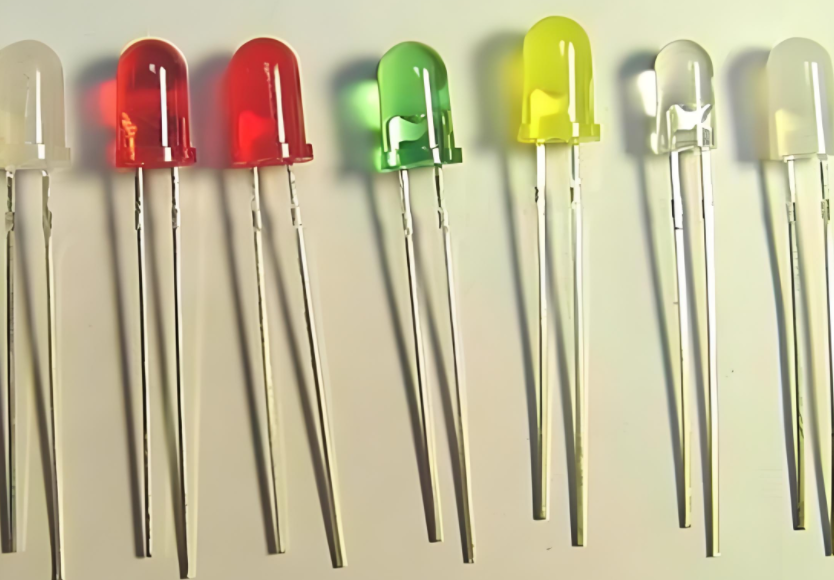About US
We are a direct factory for Light Emitting Diodes (LEDs), ensuring quality assurance, and support OEM and ODM customization. Welcome to inquire.

Light Emitting Diodes (LEDs) are semiconductor devices that work on the principle of electron recombination and photon emission in a semiconductor material under forward voltage, resulting in a light effect. Due to the unidirectional conductivity of LEDs, it is crucial to correctly distinguish between the positive and negative poles when using LEDs. This article will introduce several common methods to identify the positive and negative poles of LEDs.
1. Observing the LED Appearance
The appearance of an LED typically features two leads, one with a longer lead called the anode (Anode), and the other with a shorter lead called the cathode (Cathode). If you carefully observe the LED's appearance, you can see a flat area on the cathode side, indicating that this side is the LED's cathode. Additionally, some LEDs have a raised marking on the anode side, which can also be used to distinguish between the positive and negative poles. If you are using an SMD LED, it usually has a small dot printed on the bottom of the cathode side to indicate the cathode.
2. Using a Multimeter
If the appearance cannot determine the positive and negative poles of the LED, a multimeter can be used for testing. Set the multimeter to the resistance measurement mode and touch the two probes to the LED's two leads. If the multimeter displays a small resistance, it indicates that the probe is connected to the LED's positive pole. If the multimeter displays a large resistance, the probe is connected to the LED's negative pole. This is because the LED will conduct under forward voltage, allowing current to flow from the anode, through the semiconductor material inside the LED, and back to the cathode. If you are using a digital multimeter, you can set it to the diode test mode, which makes it more convenient to test the positive and negative poles of the LED.
3. Using a Battery
Another method to test the positive and negative poles of an LED is by using a battery. Connect the LED's two leads to the positive and negative poles of the battery, respectively. If the LED lights up, it indicates that the connection is correct. If the LED does not light up, you need to switch the connection of the two leads. It is important to note that when testing an LED with a battery, you should choose the correct voltage; it is generally recommended to use a 3V battery, as the rated voltage of LEDs usually ranges from 1.8V to 3.5V.
Leave a comment
All fields marked with an asterisk (*) are required